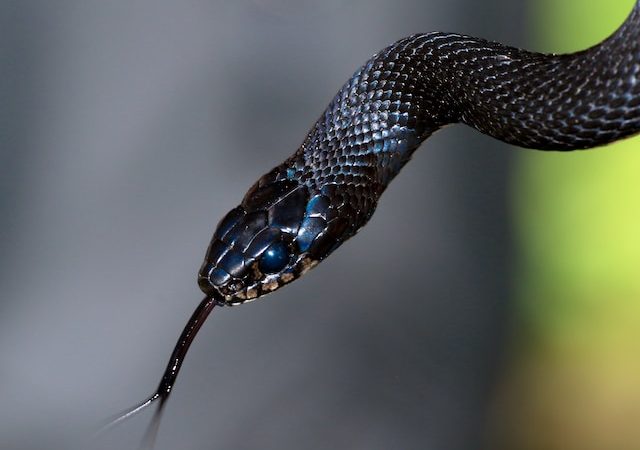Introduction: In the vast and mesmerizing world of snakes, nature never fails to surprise us with its creativity. While many snakes exhibit colors that blend seamlessly into their environments or serve as warning signals, there are those with hues that defy conventional expectations. From uncommon patterns to peculiar color combinations, these snakes boast some of
Introduction: In the vast and mesmerizing world of snakes, nature never fails to surprise us with its creativity. While many snakes exhibit colors that blend seamlessly into their environments or serve as warning signals, there are those with hues that defy conventional expectations. From uncommon patterns to peculiar color combinations, these snakes boast some of the strangest and most unusual hues found in the animal kingdom. In this article, we take a closer look at these extraordinary serpents and marvel at their distinctive and eccentric appearances.
- Piebald Snakes: The Patchwork Wonders Piebald snakes are a genetic marvel, featuring unique patterns of irregular patches or spots on their bodies. These patches can vary in size, shape, and color, creating a striking mosaic-like appearance. Piebaldism is a genetic mutation that disrupts the normal distribution of pigments in the snake’s skin. These captivating snakes, such as the Piebald Ball Python, exhibit a stunning contrast of white or pale-colored patches against a backdrop of darker hues, making them truly stand out.
- Axanthic Snakes: The Ghostly Presence Axanthic snakes, also known as blue snakes, possess a genetic variation that reduces or eliminates the production of yellow pigments. This results in snakes with a grayish or bluish appearance. The absence of yellow pigments allows other colors, such as black or gray, to dominate, giving these snakes an ethereal and ghostly presence. The Blue Eyed Leucistic Ball Python, with its mesmerizing pale blue and white scales, is a prime example of the enchanting beauty of axanthic snakes.
- Scaleless Snakes: Unveiling the Naked Truth Scaleless snakes are a rare and intriguing phenomenon. Instead of the typical scales covering their bodies, these snakes have smooth skin. This genetic mutation affects the development of scales, resulting in a striking and unique appearance. Scaleless snakes, such as the Scaleless Texas Rat Snake, appear sleek and almost naked. Their smooth skin exposes the underlying pigmentation, showcasing vibrant colors and patterns that are more pronounced and visually striking.
- Leucistic Snakes: The Enigmatic Albinos Leucism is a genetic condition that causes a partial or complete loss of pigmentation, resulting in snakes with white or pale-colored scales and pink or blue eyes. These enchanting albinos have an otherworldly charm, often captivating the hearts of reptile enthusiasts. Leucistic snakes, like the Leucistic Texas Ratsnake, exhibit a lack of melanin, giving them an ethereal and delicate appearance. Their distinct coloring sets them apart from their counterparts, leaving a lasting impression.
- Melanism: The Dark Beauties While black scales are not uncommon in snakes, excessive melanism, known as melanistic or “black” phases, can create a truly extraordinary appearance. Melanism results from an increased production of melanin, darkening the snake’s skin. These dark beauties, such as the Melanistic Eastern Diamondback Rattlesnake, appear almost entirely black, with little to no visible patterns. This melanistic trait enhances their ability to absorb heat and provides an added advantage for hunting and thermoregulation.
Conclusion: The world of snakes never ceases to amaze with its diversity and ingenuity, and the strangest and most unusual snake hues are a testament to nature’s boundless creativity. From piebald patterns to axanthic, scaleless, leucistic, and melanistic variations, these serpents showcase the extraordinary possibilities of genetic mutations and adaptations.

















Leave a Comment
Your email address will not be published. Required fields are marked with *